So What is Disability Pride, What Does it Mean?
People with disabilities are the largest and most diverse minority within the population representing all abilities, ages, races, ethnicities, religions and socio-economic backgrounds. Disability Pride has been defined as accepting and honoring each person’s uniqueness and seeing it as a natural and beautiful part of human diversity. Disability Pride is an integral part of movement building, and a direct challenge of systemic ableism and stigmatizing definitions of disability.
So why should we celebrate disability pride month :

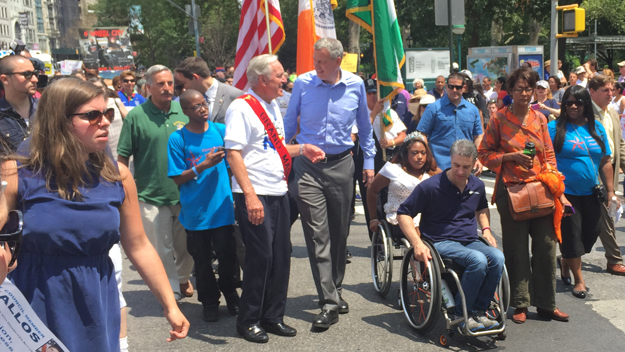
- We all have different stories to tell – Not everyone’s story is the same each person story has a different path when it comes to having a Disability and each person’s individual this Journey should be celebrated.
- we are more than the sigmas and the stereotypes- people with disabilities face a bunch of issues with constantly being labeled as someone who can’t do many things when really we have many abilities.
- We get a chance to express who we really are as individuals – having a pride month gives us the opportunity to really come together and unite as a society and really show the world who we are.
- we are able to see how we came in history when it comes to disability rights – it’s no secret that people with disabilities have come along way from the 1960s where we had to fight to have ramps on Greyhound buses

In all seriousness, those are only four reasons to why you should celebrate disability pride month as someone with a Cerebral Palsy Pride is every month for me as I honor the advocacy work that has been done by some of the greatest group of people in my circle of heroes like :
- Edward Verne Roberts (January 23, 1939 – March 14, 1995) was an American activist. He was the first student who relied on a wheelchair to attend the University of California, Berkeley. He was a pioneering leader of the disability rights movement
Roberts contracted polio at the age of fourteen in 1953, two years before the Salk vaccine ended the epidemic. He spent eighteen months in hospitals and returned home paralyzed from the neck down except for two fingers on one hand and several toes. He slept in an iron lung at night and often rested there during the day. When out of the lung he survived by “frog breathing,” a technique for forcing air into the lungs using facial and neck muscles.
He attended school by telephone communication until his mother, Zona, insisted that he attend school once a week for a few hours. At school, he faced his deep fear of being stared at and transformed his sense of personal identity. He gave up thinking of himself as a “helpless cripple,” and decided to think of himself as a “star.” He credited his mother with teaching him by example how to fight for what he needed.
Activism
Ed Roberts is often called the father of the Independent Living movement. His career as an advocate began when a high school administrator threatened to deny him his diploma because he had not completed driver’s education and physical education. After attending the College of San Mateo, he was admitted to the University of California, Berkeley. He had to fight for the support he needed to attend college from the California Department of Vocational Rehabilitation because his rehabilitation counselor thought he was too severely disabled to ever get a job. Upon learning that Roberts had a severe disability, one of the UC Berkeley deans famously commented, “We’ve tried cripples before and it didn’t work.” Other Berkeley administrators supported admitting Roberts and expressed the opinion that the University should do more.
Roberts was admitted in 1962, two years before the Free Speech Movement transformed Berkeley into a hotbed of student protest. When his search for housing met resistance in part because of the 800-pound iron lung that he slept in at night, the director of the campus health service offered him a room in an empty wing of the Cowell Hospital. Roberts accepted on the condition that the area where he lived be treated as dormitory space, not a medical facility. His admission broke the ice for other students with severe disabilities, who joined him over the next few years at what evolved into the Cowell Residence Program.
The group developed a sense of identity and élan, and began to formulate a political analysis of disability. They began calling themselves the “Rolling Quads” to the surprise of some non-disabled observers who had never before heard a positive expression of disability identity. In 1968, when a rehabilitation counselor threatened two of the Rolling Quads with eviction from the Cowell Residence, the Rolling Quads organized a successful “revolt” that led to the counselor’s transfer.
Their success on campus inspired the group to begin advocating for curb cuts, opening access to the wider community, and to create the Physically Disabled Student’s Program (PDSP)—the first student-led disability services program in the country. Roberts flew 3,000 miles, from California to Washington, D.C., with no respiratory support, to attend a conference at the start-up of the federal TRIO program through which the PDSP later secured funding. The PDSP provided services including attendant referral and wheelchair repair to students at the University, but it was soon taking calls from people with disabilities with the same concerns who were not students.
He earned B.A. (1964) and M.A. (1966) degrees from UC Berkeley in Political Science.[citation needed] He became an official Ph.D. candidate (C.Phil.) in political science at Berkeley in 1969, but never completed his doctoral dissertation.
The need to serve the wider community led activists to create the Berkeley Center for Independent Living (CIL), the first independent living service and advocacy program run by and for people with disabilities. Contrary to common belief, Roberts did not found the Berkeley CIL, nor was he the CIL’s first executive director. At the time, he taught political science at Nairobi College, an “alternative college,” but returned to Berkeley to assume leadership of the fledgling organization. He guided the CIL’s rapid growth during a decisive time for the emerging disability rights movement. The CIL provided a model for a new kind of community organization designed to address the needs and concerns of people with a wide range of disabilities.
In 1976, newly elected Governor Jerry Brown appointed Roberts Director of the California Department of Vocational Rehabilitation—the same agency that had once labeled him too severely disabled to work. He served in that post until 1983. When California politics again shifted to the right, he returned again to Berkeley, where he co-founded the World Institute on Disability with Judith E. Heumann and Joan Leon. The World Institute on Disability is internationally known and considered a hotbed of disability politics activism.
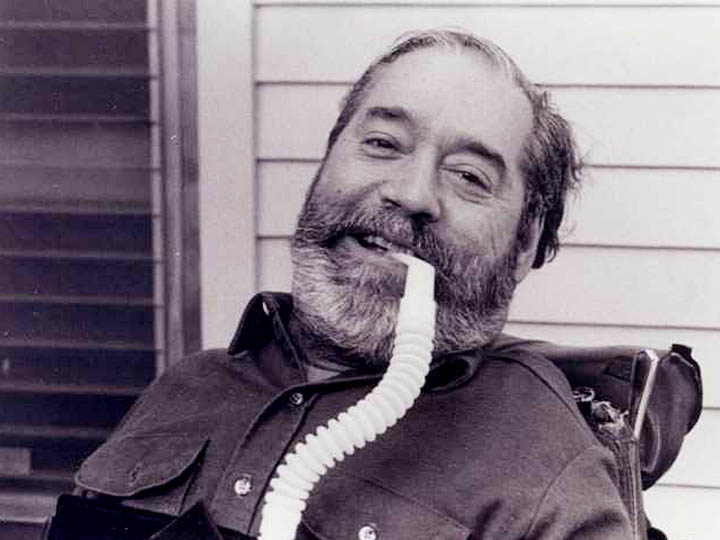
2. Stella Jane Young – 24 February 1982 – 6 December 2014) was an Australian comedian, journalist and disability rights activist.
Young was born in 1982 at Stawell, Victoria. She was born with osteogenesis imperfecta and used a wheelchair for most of her life
She held a Bachelor of Arts in Journalism and Public Relations from Deakin University, Geelong and a Graduate Diploma in Education from the University of Melbourne. After graduating in 2004, she worked for a time as a secondary school teacher.
Young served as the editor for the Australian Broadcasting Corporation’s online magazine Ramp Up. Before joining the ABC, she had worked as an educator in public programs at Melbourne Museum, and hosted eight seasons of No Limits, a disability culture program on community television station Channel 31.
In a Ramp Up editorial published in July 2012, she deconstructed society’s habit of turning disabled people into what she called “inspiration porn”.The concept was further popularized in her April 2014 TEDxSydney talk, entitled “I’m not your inspiration, thank you very much”.

3. President George H.W Bush– On July 26th, 1990, President George H.W. Bush sat down at a desk on the stage that had been constructed on the White House lawn. Flanked by Evan Kemp Jr., the Equal Employment Opportunity commissioner, and Justin Dart, the disability rights leader, Bush signed into law the Americans With Disabilities Act (ADA). The president said, “With today’s signing … every man, woman, and child with a disability can now pass through once-closed doors into a bright new era of equality, independence, and freedom.”
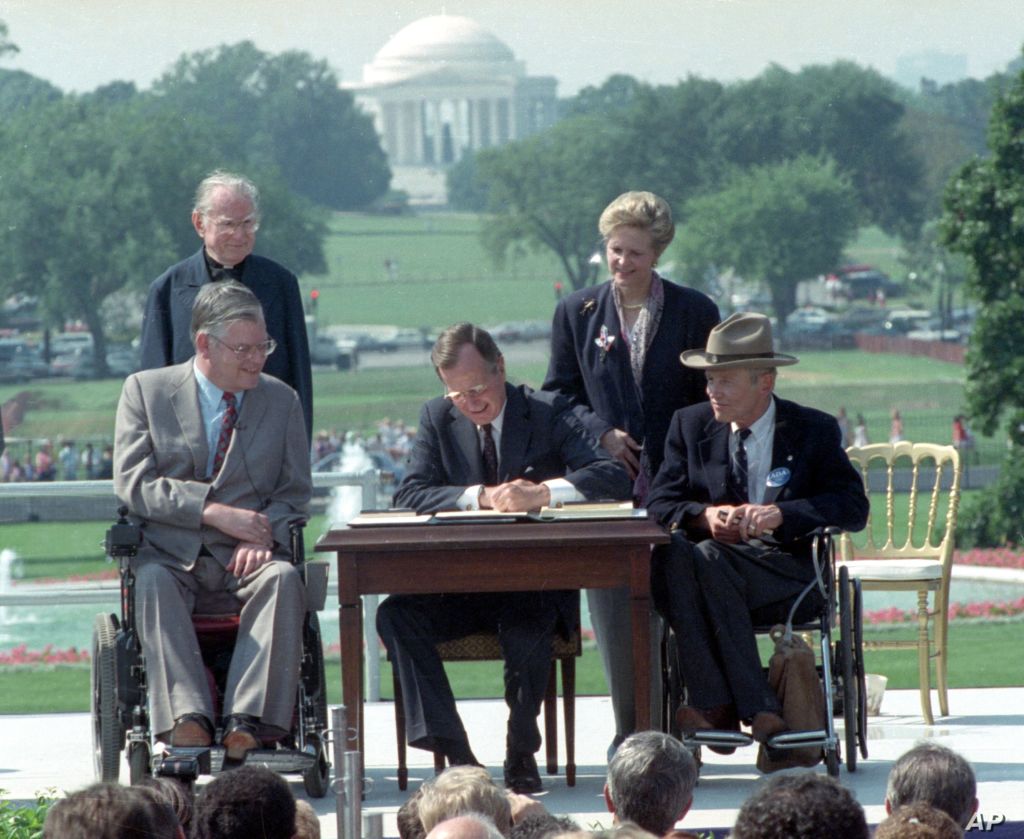

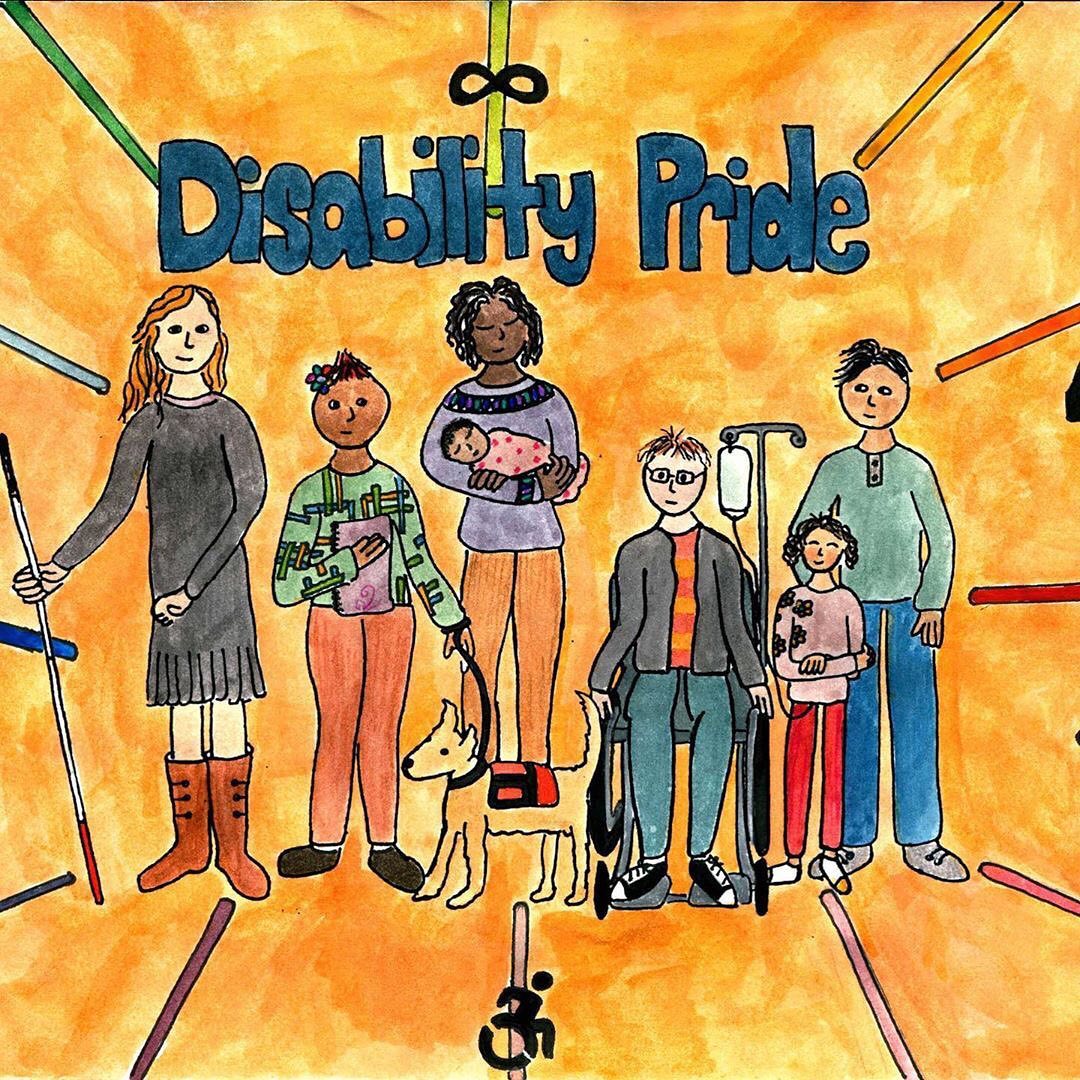




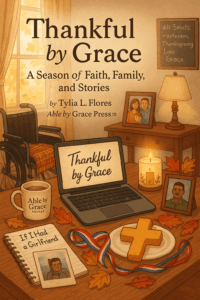
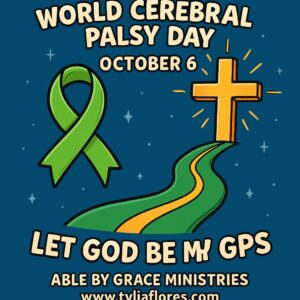
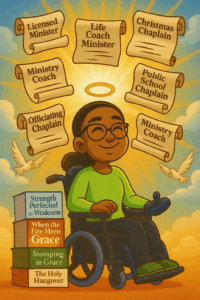
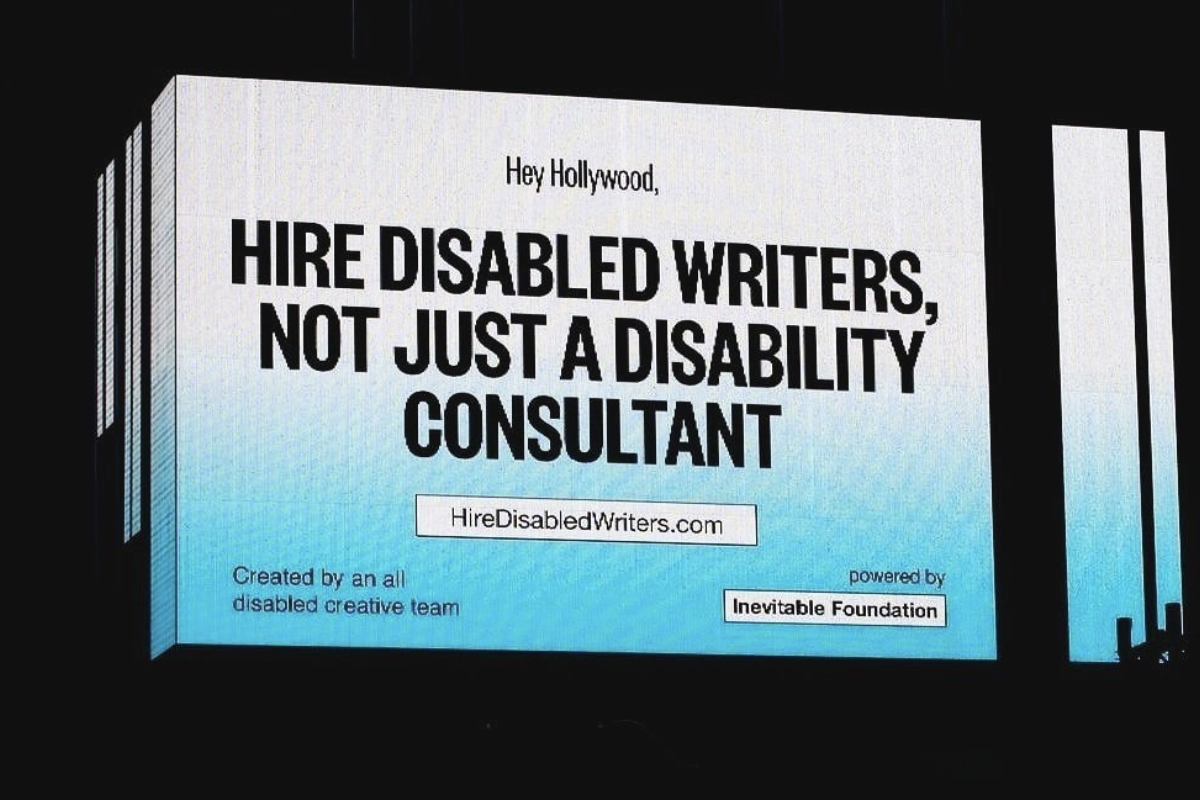
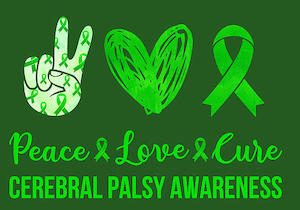
Leave a reply
You must be logged in to post a comment.